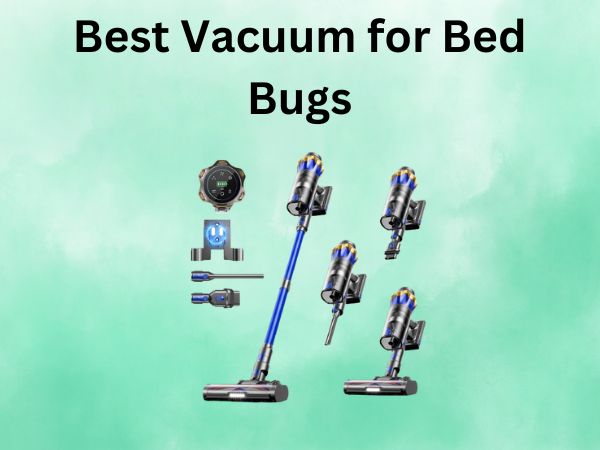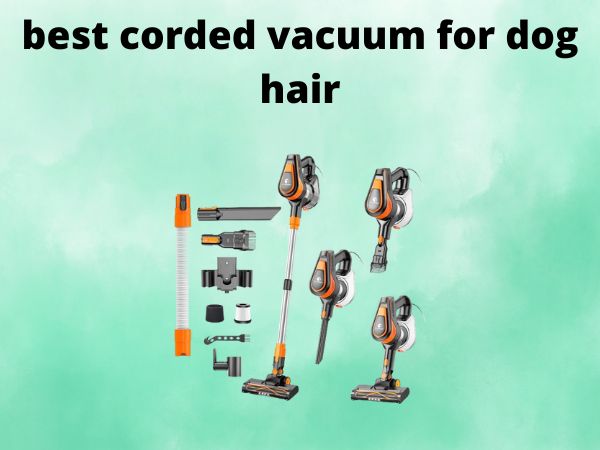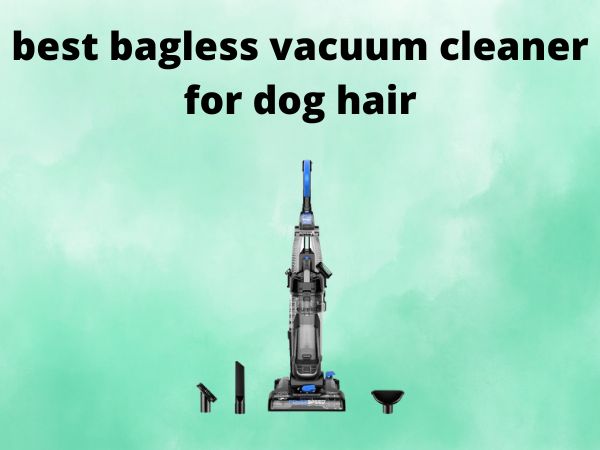How to Clean a Vacuum Cleaner Hose [Remove Clogs and Odors]
Is your vacuum cleaner losing its suction power? It might be time to clean its hose. A clogged, dusty, or smelly hose can turn your cleaning sessions into a hassle. Don’t worry; like any good detective tackling a mystery, we’re here to guide you through the process of cleaning your vacuum cleaner hose.
Table of Contents
Why Cleaning Your Vacuum Hose is Essential
The hose of your vacuum is a crucial part of its performance. When it’s clogged or dirty, your vacuum might struggle to perform its duties. Think of it as a nose with a cold—bled performance, diminished suction, and potential damage to your machine. Let’s dive in and learn how to keep that nose clear and operational!
Tools You’ll Need
- Screwdriver (if hose removal requires)
- Vinegar or mild detergent
- Pipe cleaner or long brush
- A bucket or sink
- Dry towel
- Baking Soda (optional for odor removal)
Step-by-Step Cleaning Guide
Step 1: Turn Off and Unplug the Vacuum
First things first, safety is paramount. Always ensure your vacuum cleaner is unplugged before starting any maintenance work. Like checking both ways before crossing the street, this step is non-negotiable.
Step 2: Detach the Hose
Locate the ends of your vacuum hose and disconnect it from the vacuum. If your model requires, use a screwdriver to carefully unscrew the hose to avoid any damage.
Step 3: Dislodge Any Visible Clogs
Peering down the hose can seem like looking into an abyss. Shine a flashlight if needed, and use a long stick or pipe cleaner to push any debris through the other end.
Step 4: Rinse With Water
Submerge your hose in a bucket or sink filled with warm water. Add a squirt of mild detergent or vinegar. Let it soak for a few minutes to loosen up any remaining clogs or dust bunnies.
Step 5: Use a Long Brush
Your hose wants to be a new person. Use a long brush to scrub gently inside the hose to further free any lingering dirt or clogs.
Step 6: Rinse Thoroughly
After scrubbing, rinse the hose thoroughly under warm running water until water appears clear. This step is like taking the final rinse after shampooing your hair – essential for freshness.
Step 7: Check for Odors
If your hose still omits funky smells, sprinkle a bit of baking soda inside, let it sit for a while, then rinse again. Voila! The baking soda acts as a natural deodorizer.
Step 8: Dry the Hose
Shake the hose to remove excess water, then let it air dry completely. Lying it flat on a towel can help speed up the process, and we want to prevent mold from forming inside.
Step 9: Reattach the Hose
Once bone dry, reattach your hose to the vacuum cleaner. In a few clicks or turns of a screw, your trusty sidekick is ready for action!
Preventative Measures for Future Maintenance
Regular Inspections
Just like you routinely check your car’s oil, regularly inspect your vacuum hose for signs of clogs or damage to maintain optimal performance.
Avoid Overloading Your Vacuum
Be mindful of what you vacuum. Large objects or wet messes can quickly lead to an unhappy hose. It’s not a toy soldier rescue mission from under the couch!
Store Carefully
Avoid twisting or bending your hose when storing, as this can cause splits or permanent kinks.
Conclusion
Cleaning your vacuum cleaner hose doesn’t have to be a daunting task. With a simple routine check-up and cleaning session, you can rest assured your vacuum will perform its best, prolonging its life and making your cleaning escapades a breeze.
Frequently Asked Questions
1. How often should I clean my vacuum hose?
As a rule of thumb, a bi-monthly cleaning would suffice under normal circumstances. Adjust frequency based on usage and presence of pets.
2. Can I wash all types of vacuum hoses with water?
Most hoses can be washed with water, but always refer to your vacuum’s manual. Some may have specific cleaning instructions.
3. What if I accidentally vacuum up water?
If you’ve accidentally vacuumed up water, act quickly. Turn off, unplug your vacuum, and air out your hose to prevent damage.
4. My hose still smells after cleaning. What can I do?
Try using a stronger deodorizing solution such as a vinegar and baking soda mixture, ensuring all previous residues are properly rinsed.
5. Are there professional services to clean vacuum hoses?
Yes, many appliance repair shops provide cleaning services for vacuum components if you’re in need of a professional touch.





